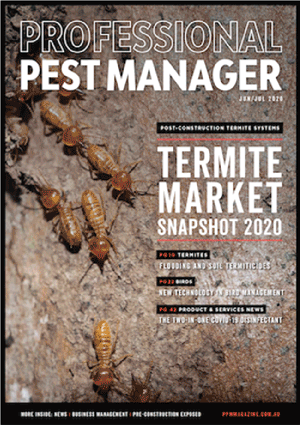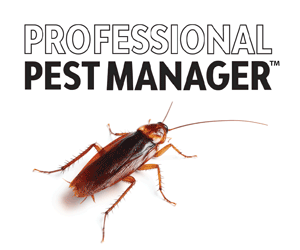The feral pig problem is causing increasing concern amongst farmers and property managers in NSW, QLD and the NT.
Feral pig basics
Size: Males 80-100 kg, females 50-60 kg
Reproduction rate: Two litters every 12-15 months, with up to ten piglets in each litter
Life span: 4-5 years
Diet: Omnivores
General behaviour: Intelligent and adaptable. They form social groups, typically of around 12 individuals, but can develop into large mobs of up to 400 animals under favourable conditions. They are shy and more active at night.
When it comes to vertebrate pest management, pest managers will generally be dealing with rodent problems, bird management, or possum removal and relocation. However, feral pigs are a significant issue in rural areas.
Feral pigs, Sus scrofa, are one of Australia’s most destructive invasive pests. Introduced by early European settlers, over the years their appearance has reverted back to something similar to wild boars rather than domestic livestock. An estimated 13.5 million feral pigs inhabit around 45% of the country, and are particularly problematic in NSW, QLD and the NT. They live in wetlands, flood plains and long water courses, where they can get a plentiful supply of water and suitable vegetation for food and shelter. They cause significant damage to agriculture and the environment.
In agriculture they have a big impact on the sheep industry through lamb predation, and generally compete with stock for food and damage infrastructure. They are also a particular concern with regards to disease transmission to livestock. They are known to carry at least 45 different parasites and diseases, but in particular there is concern regarding their potential to spread foot and mouth disease and swine fever (both not currently in Australia). Ballpark figures estimate the damage to the agricultural industry is at least $100 million per year (although this excludes production losses), with around $50 million a year spent by farmers trying to manage the feral pig problem.
From an environmental point of view, feral pigs cause significant damage to delicate environments through their trampling and foraging. They also prey on a range of native animals including birds (and their eggs), marsupials and lizards.
In 2021 a ten-year National Feral Pig Action Plan was put in place by the Australian Pork Industry, to provide guidance to all land managers on best practice feral pig management and to co-ordinate management activities with a vision to “actively suppress or eradicate Australian feral pig populations to reduce their impacts on environmental, agricultural, cultural and social assets”.
The current situation in NSW provides some detail on the scale of the problem, with feral pig numbers at levels not seen in many decades due to the favourable conditions (plenty of rain) over recent years. A culling program that started in October 2023 has eliminated some 69,000 pigs within six months, but landowners say it has barely dented the numbers. Program managers estimate they need to kill at least 80% of the population, otherwise reproductive rates will exceed their ability to reduce numbers. As pig populations have grown, the environmental damage has increased, as have losses to sheep and cattle stock when the pigs attack animals during the birthing process and eat the young. Increased pig numbers have also brought pigs into closer contact with humans, with cases of people being charged when on bikes and when hanging up clothes on clothes lines.
A number of control options are available, which all have their pros and cons, but are often used in combination to deliver an integrated control program. Baiting, typically using 1080 placed in grain or fruit baits, can deliver cost effective, significant reductions in populations over a large area. However, due to its toxicity and the risk to non-targets, its use has to be carefully managed. Approvals are required and applications can only be carried out by authorised individuals. Trapping is an option for targeted control or when baits cannot be used, but it requires skill and is labour intensive. Shooting (on ground or by air) is another option but is best carried out in fairly open areas and is only cost effective for aerial shooting when pig densities are high.
Other preventative actions are limited. It is possible to construct exclusion fencing, but it is too expensive to be carried out at scale so is only really an option to protect high value crops or assets. Until a drier weather pattern returns, feral pig management will be a significant challenge for farmers and property managers.


